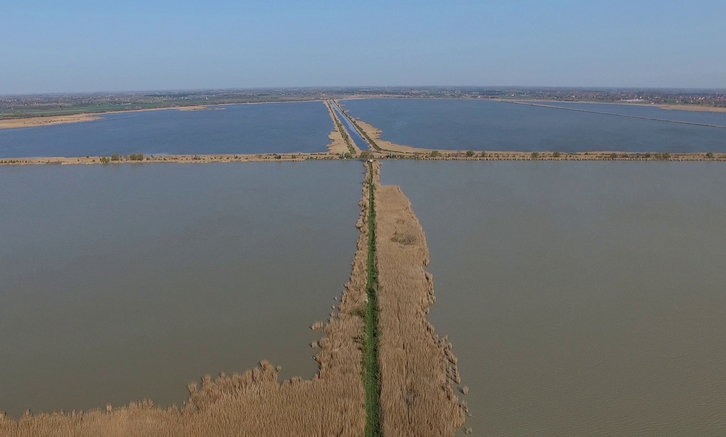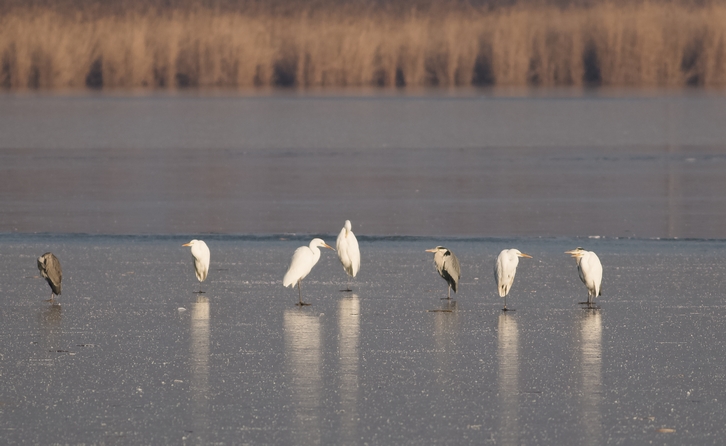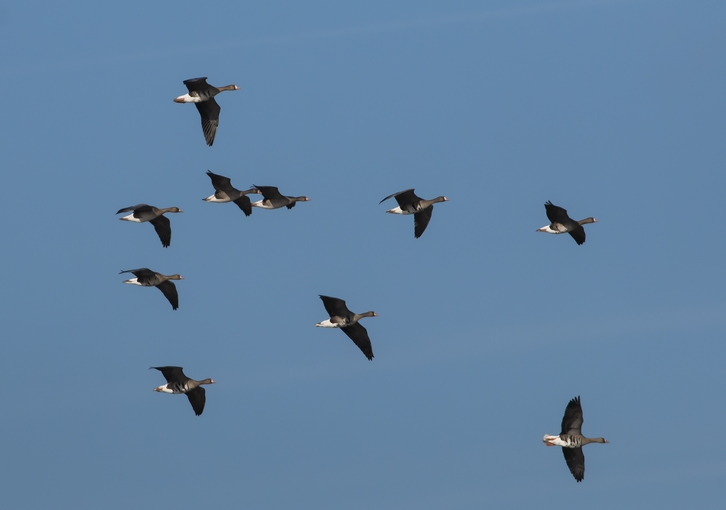Browsing satellite maps of the area one unintentionally spots a large lake system north of Szeged which is almost the size of the city itself. Nowadays Lake Fehér of Szeged and Fertő of Sándorfalva is a system of fishponds covering more than 2000 hectares altogether. Szegedfish Ltd. is raising freshwater fish species for commercial sale in the variable sized lakes separated by dams.

Lake Fehér reached today’s form only almost a hundred years ago, however. It has been listed as one of the biggest natural sodic lakes in the country before the main water channel of Algyő was built and the dam system was established. Accordingly it could even run dry in droughty summers but also nearly threatened the city of Szeged with flood after bigger snowmelts.
The formerly great marshland surrounded by alkali grasslands did not only ensure constant opportunity to our ancestors for fishing and grazing but also provided home for a nowadays unimaginable rich aquatic wildlife. Because of the increasing flood risk city council of Szeged decided to economically utilise the lake district in the beginning of the 20th century and its transformation into fishponds fundamentally altered the former appearance of the sodic lake.

The classic sodic lake environment has disappeared and its place has been taken by the characteristic wildlife of fishponds and their reedbeds. Despite the changes, the lakes still have an essential role for the masses of breeding, migrating and wintering waterbirds. And in rainy years the alkali grassland that remained from the lakebed of ancient Lake Fehér recalls something of the former “Wild-waterworld” even in our days.
